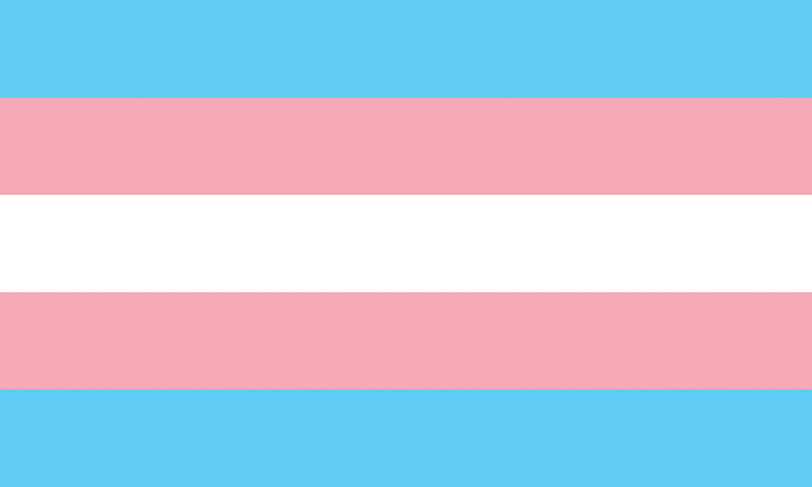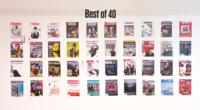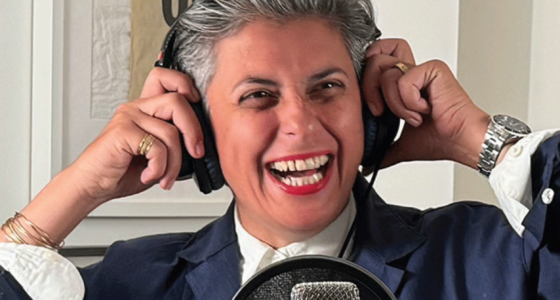
Canada is in the midst of a gender moral panic. Conservative politicians across the country have tapped into the maple tree of transphobia and found that it produced enough sap to justify their transphobic syrup business. What started with New Brunswick Premier Blaine Higgs’s school pronoun disclosure policies became Saskatchewan Premier Scott Moe’s pronoun and sex-ed policies. Then, most alarmingly, Alberta Premier Danielle Smith’s wave of anti-trans policies covered everything from medical care to sports—all within the past year.
Meanwhile, Conservative Party of Canada Leader Pierre Poilievre, marching his way toward likely victory in the next federal election, has also tapped into that same sweet transphobic tree, parroting anti-trans talking points like banning trans women from women’s washrooms, or preventing access to puberty blockers for preteens and teens in an attempt to curry votes in the far-right corners of his party base.
I am acutely aware of the lack of trans and trans-competent journalists in decision-making positions in Canada to cover this vital moment. Canada’s news media are dropping the ball. Political claims go unchecked. Phrases like “biological women” are parroted with no context. Radio-Canada is producing documentaries like Trans Express. And so much of this coverage is remarkably absent of actual trans voices, both in sources and as the journalists producing this work.
And, to be clear, it’s largely cis journalists failing in this moment. Openly trans journalists are few and far between in this country. I’m fortunate to work at Xtra in a newsroom where I’m not the only trans person in the room advocating for fair coverage of my community. I was lucky enough to come out as trans while working there, and have the support to continue to uplift and tell trans stories. But even in an explicitly 2SLGBTQIA+-focused newsroom that should be the gold standard for this coverage, there are only two of us trans journalists working full-time on the masthead. And none of my managers or bosses are trans.
The annual Canadian Association of Journalists demographic survey does not directly track the number of trans journalists working in Canada, so it’s difficult to know just how many of us there are. Regarding gender, for which only three options are given, 0.3 percent of working journalists self-identified as nonbinary in the 2023 CAJ survey—equivalent to around 18 in all of Canada. It’s fair to add, however, that there is some number of binary trans men and women captured under the “male” and “female” categories as well.
If we look at senior editorial roles at publications across Canada, the number of openly trans journalists dwindles even further. Taking just the CAJ data, only 0.3 percent of supervisors identified as nonbinary, compared to 3.1 percent of interns. Having trans voices in these positions of power matters, because that is where coverage and framing are ultimately dictated.
Just as Indigenous journalists working and making decisions help lead to better journalism about Indigenous topics, the same is true for trans journalists. And much like many of those other marginalized groups, too often we’ve been cast as too personally connected to a story, or too emotionally invested, to cover it fairly or accurately. But then we must turn around to see a wave of cis journalists not only tell our stories without us, but profit and advance their careers on our backs.
So, how do newsrooms do better? First, it’s worth establishing where we are. Xtra has opted out of the CAJ newsroom survey in recent years, partially because its questioning isn’t fully gender-expansive. I’m hopeful future iterations will find a respective and ethical way to track the number of trans journalists working in Canada, and in what positions, so there are quantifiable numbers behind a problem we all know is there.
Newsroom leaders need to be a lot more conscious of this lack of diversity and how it trickles down into coverage. Recently, I had a senior writer at CBC News thank me for calling out a poorly framed CBC headline. He said that, ideally, he would’ve been aware of such things much earlier and I wouldn’t have had to educate him. But maybe if that writer had a trans colleague or manager, it wouldn’t have taken me posting to make him aware.
Second to hiring and promoting trans journalists, there’s empowering and educating cis journalists to do things right. I’m not naive: I recognize that I can’t flip a switch and have a trans editor in every newsroom across Canada (as much as I’d like that). But increasing the awareness of resources like the Trans Journalists Association Stylebook and Coverage Guide—a comprehensive document compiled by more than 150 trans journalists worldwide on best reporting practices for stories about trans people—is a great place to start.
Adhering to the basics in that guide should be foundational teaching in Canadian newsrooms, along the same lines as asking for fair comment or putting a “u” in colour. And what we need for that to happen is for newsroom leaders to take trans rights seriously, and actually listen to those of us who’ve been incredibly vocal on this.
The tools to get this right are there. And there’s no time to fuss around about it. When it comes to reporting on trans rights, lives are at stake.



